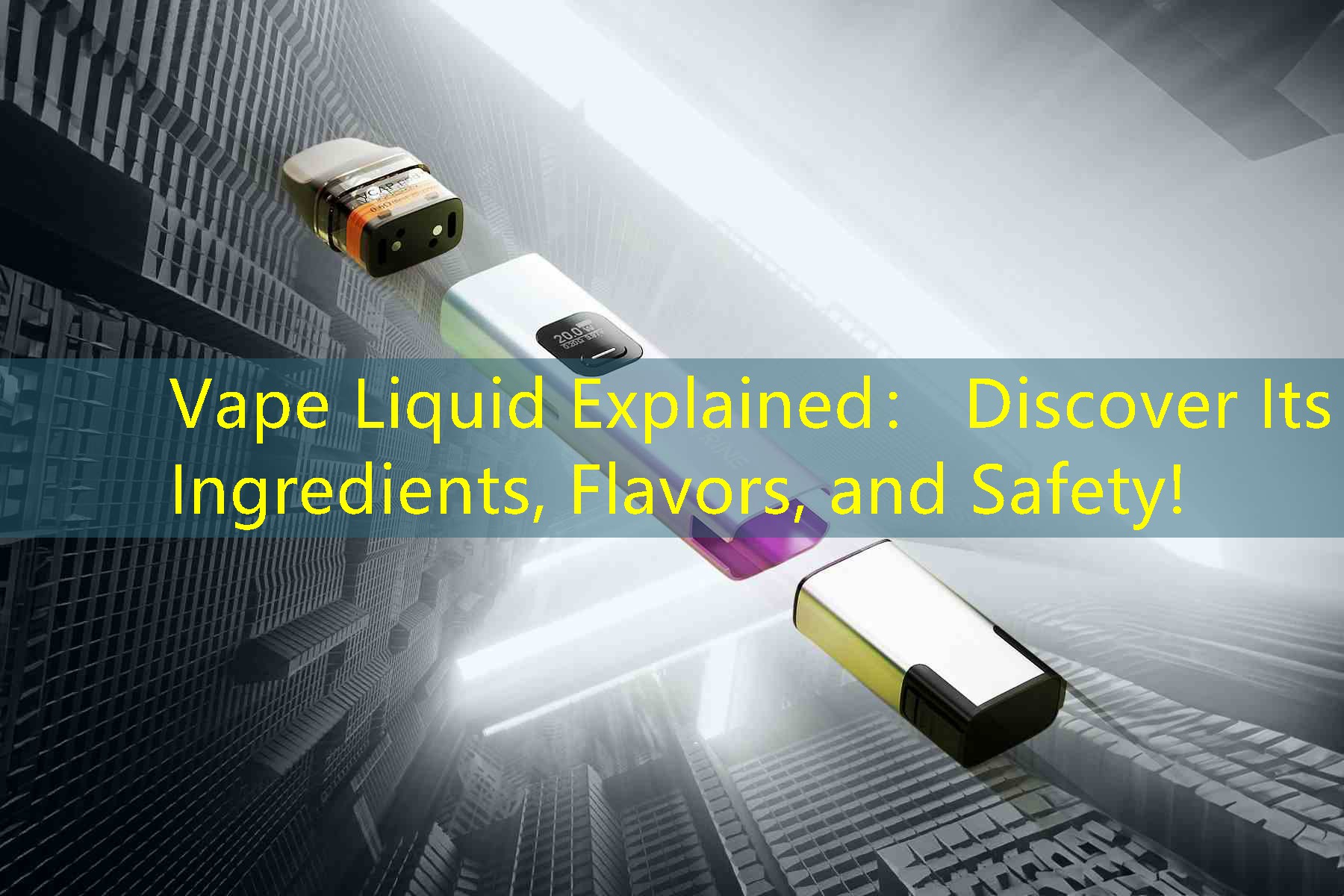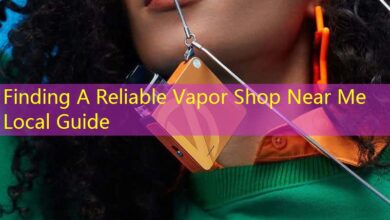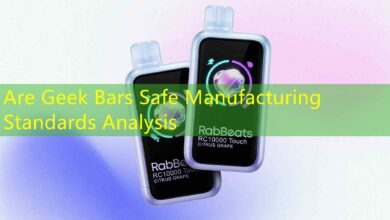Vape Liquid Explained: Discover Its Ingredients, Flavors, and Safety!
Understanding Vape Liquid: A Comprehensive Guide
In recent years, the popularity of vaping has skyrocketed, leading to an increased interest in its components, particularly vape liquid. As more individuals make the switch from traditional cigarettes to vaping, understanding the makeup, types, and implications of vape liquid has never been more crucial. This guide will delve into what vape liquid is, its ingredients, and the various flavors and types available on the market.
What is Vape Liquid?
Vape liquid, also known as e-liquid, is a fluid used in electronic cigarettes and vaping devices to produce vapor. Unlike traditional tobacco products, vape liquid allows for a customizable experience, making it appealing to a diverse range of users.
The fundamental components of vape liquid include:
– Vegetable glycerin (VG): A thick, sweet liquid that produces vapor.
– Propylene glycol (PG): A thinner liquid often used for flavoring and throat hit.
– Flavorings: Various substances added to create the desired taste.
– Nicotine: An optional addictive substance depending on the user’s preference.
Understanding these components is essential for anyone considering or currently using vape products.
The Different Components of Vape Liquid
Vegetable Glycerin (VG)
VG is a key ingredient in many vape liquids, well-loved for its ability to produce large vapor clouds. Its thicker consistency gives the vapor a smoother feel. However, VG tends to obscure flavors, which may not be suitable for all users.
Propylene Glycol (PG)
On the other hand, PG is favored for its properties that carry flavors well and provide a throat hit similar to smoking traditional cigarettes. It’s used in a variety of applications, from food products to pharmaceuticals, ensuring a level of safety for consumers.
Flavorings
Flavorings are arguably the most exciting aspect of vape liquids. The options range from traditional tobacco and menthol to exotic fruit and dessert flavors. These flavors appeal to users looking for a more enjoyable experience, making vaping more accessible to those who might find traditional cigarette flavors unappealing.
Nicotine
Nicotine in vape liquid is optional and varies in concentration. Users can find liquids ranging from nicotine-free to high-strength options. This flexibility allows individuals to gradually reduce their nicotine intake if desired.
Types of Vape Liquids
Vape liquid can typically be categorized by its nicotine content and base composition:
High-Strength Nicotine Liquids
Designed for individuals transitioning from traditional smoking, these liquids deliver a strong nicotine hit. They are often higher in PG, providing a more satisfying throat hit.
Low-Strength and Zero Nicotine Liquids
Low-strength liquids cater to users who seek to reduce their nicotine intake over time, while zero-nicotine options are excellent for those looking to enjoy the flavor of vaping without the addictive component.
Exploring Flavor Varieties
The diversity in vape liquid flavors is vast and often a deciding factor for new users.
– Fruity Flavors: Commonly chosen for their refreshing tastes, options include strawberry, watermelon, and mango.
– Dessert Flavors: For those with a sweet tooth, dessert flavors like vanilla custard or chocolate fudge provide a delightful vaping experience.
– Mint and Menthol: Offering a refreshing hit, these flavors are popular among users who prefer a cooling sensation.
| Flavor Type | Examples | Popularity among Users |
|---|---|---|
| Fruity | Strawberry, Mango | High |
| Dessert | Vanilla Custard, Chocolate | Moderate |
| Mint/Menthol | Mint, Menthol Cigarettes | High |
Safety and Regulatory Considerations
As vaping continues to rise in popularity, concerns regarding the safety of vape liquid have been brought to light. It is crucial for consumers to purchase vape liquids from reputable sources to ensure quality and safety. Regulatory bodies are beginning to enforce guidelines around the manufacturing and sale of vape products, providing an added layer of protection for users.
In conclusion, understanding vape liquid is essential for anyone looking to navigate the world of vaping. With diverse components, flavor varieties, and safety considerations, this guide serves as a foundational resource for both newcomers and seasoned vapers alike. By being aware of what goes into vape liquids, consumers can make informed decisions that align with their personal preferences and health goals.






